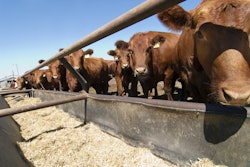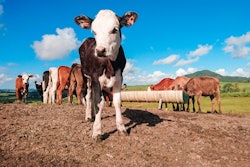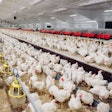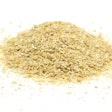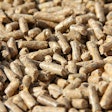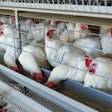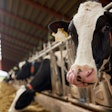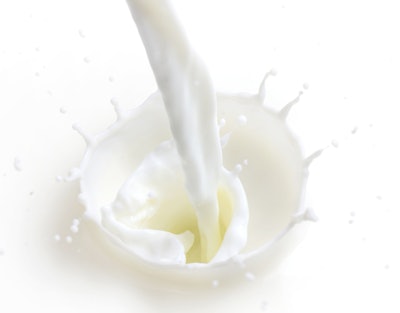
In most countries, milk is being sold and bought wholesale based on solids concentration. Solids is everything but the water in milk. In cow’s milk that humans drink, solids are on average 12.5%; the rest is plain water. For various reasons, including seasonal ones, solids fluctuate not only on an animal basis, but also on a herd level. The scope of this blog is not to list all these reasons but to offer some broad guidelines on how nutrition can reduce the breadth of this fluctuation.
Fiber
We all know that adding more fiber into cow rations increases milk fat. Protein concentration is far more difficult to increase, and it is not related to the same factors that affect milk fat. That fiber promotes milk fat is long known, but what is also known is that, if we feed more fiber, then the cow will eat less concentrate and thus it will produce less milk. So, it is a balancing act.
Yeasts
It is my personal experience from long ago that adding some brands of yeast leads to improved total solids. I have not found a satisfactory answer in research reports why this happens, but this is what I have been recommending when I am faced with this problem and, more often than not, it becomes part of the solution.
Linseeds
This is a forgotten raw material with more properties than it is given credit for. One of the ways I use it is to feed it to low-producing milking animals (of all species). It can improve solids and total yield. It is not an easy one to use as it requires extrusion to feed it with impunity and one has to take into account the oil concentration in whole seeds.
Additives
Each nutritionist has a list of additives that has found to improve solids in milk. I am sure not two such lists are the same and even in my own list I keep adding and removing products based on my evolving experiences (and sometimes because manufacturers change things without informing us.)
Matching nutrition to genetics
Having worked internationally for more than 20 years, I can say that some producers feed modern animals as they used to feed their cows 20 to 30 years ago. Genetics have changed and nutrition has evolved as well. Matching the two in a modern ration is considered common logic, but lamentably it is not as common as one would think. Plus, a Holstein cow in the U.S. does not have the same genetics as a Holstein in, say, Germany. So, the two cannot be fed the same.



